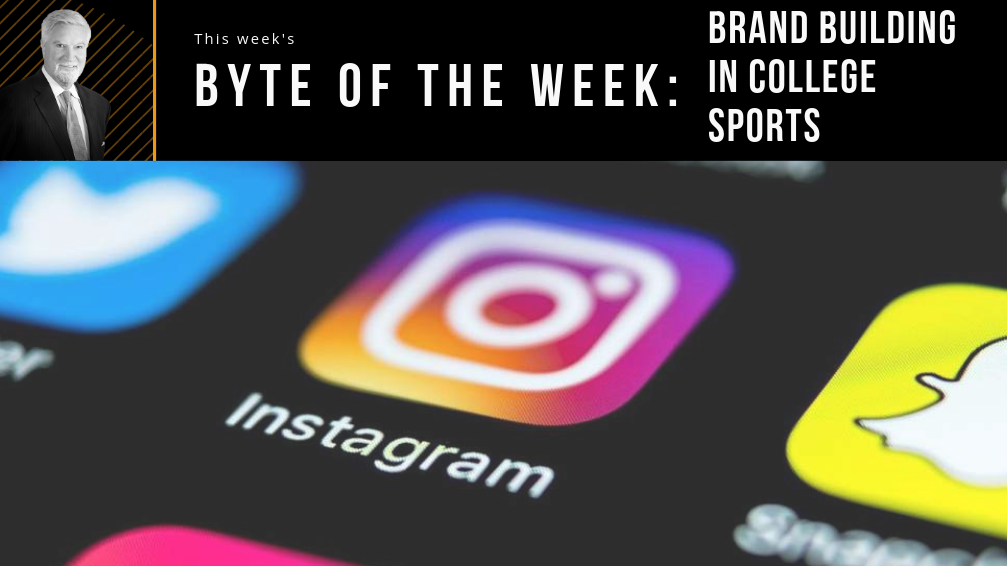Our ADs have been in support of student-athletes using their name, image and likeness (or NIL) for non-athletic purposes, such as starting-up a business. However, when it comes to compensation to student-athletes for athletically related NIL, the issue becomes more complicated.
As Arizona State President Dr. Michael Crow pointed out at the Knight Commission meeting last month, universities own the intellectual property of their faculty and students if the university provided resources in the invention of new technologies. What rights do universities have with respect to their student-athletes using their NIL tied to their university sport?
A strong case can be made that many college student-athletes build their personal brands because of the assets of the university—its fans, alumni, media reach and goodwill. Take for example Zion Williamson, the great Duke basketball star. When he entered Duke, Zion had 1.3 million Instagram followers. During his one year at Duke, his follower count increased to 3.3 million. Zion wasn’t even the top high school prospect and now he might sign a $100 million sneaker deal. Duke contributed greatly to Zion’s brand and perhaps even doubled his market value.
Providing carte blanche Olympic NIL rights to student-athletes without considering the interests of the university is not fair nor equitable, or not even how universities typically handle intellectual property with their faculty and students.
As the NCAA new NIL working group studies the feasibility of name, image and likeness rights for student-athletes, it is important to make sure the universities and student-athletes’ interests are balanced. The student-athlete wants compensation for these NIL rights while the university wants to make sure it is aligned with higher ed values—complying with Title IX, avoiding recruiting abuses, and ensuring equity for of all students. That will be the challenge ahead.






